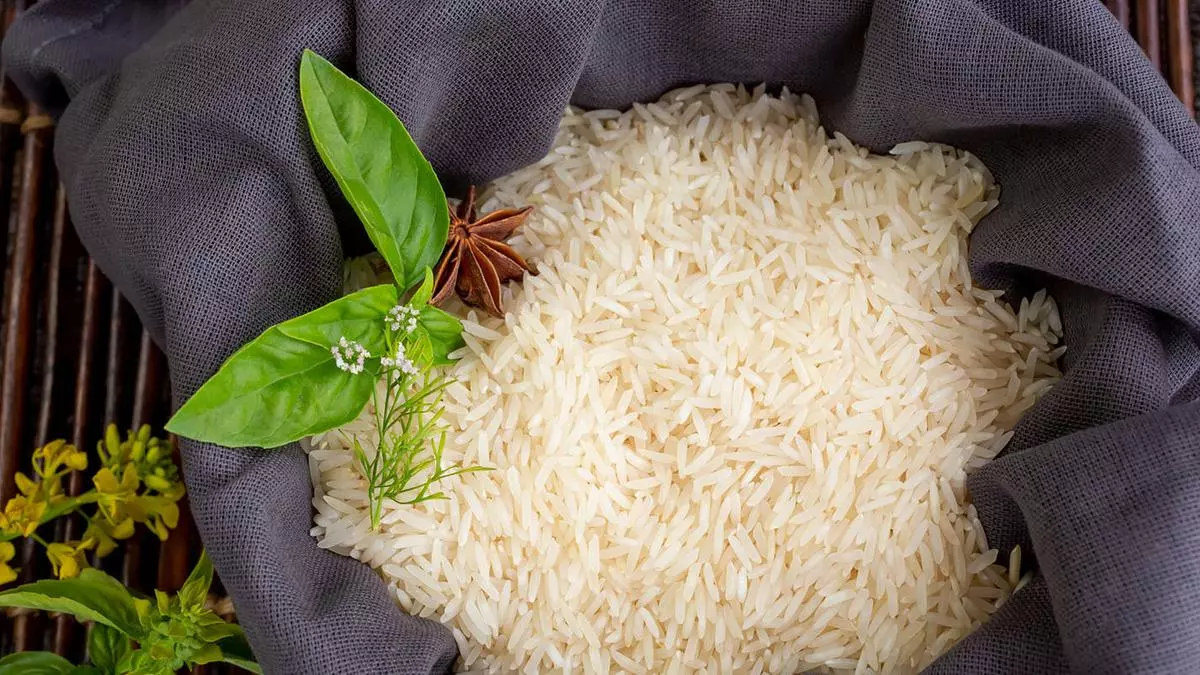Will Basmati farmers be able to sell crop above non-Basmati paddy?
Basmati (paddy) farmers in Haryana and Punjab will be highly disappointed if they do not get a premium over non-Basmati paddy as farmers’ demand for hike in common variety of paddy price has been gaining ground after Chhattisgarh started buying at ₹3,100/quintal which is soon be reality in Odisha with the change of government.
But, Basmati exporters are more concerned about overseas demand rather than domestic prices after some of them incurred losses by purchasing at higher rates and not able to sell at a profit.
“Basmati price should be at least 30 per cent more than non-Basmati and if a (state) government is buying paddy at ₹3,100/quintal, there should be a minimum price also for Basmati,” said Ashok Singh, a Basmati farmer from Sonipat, Haryana.
In Odisha, BJP has promised to procure paddy at ₹3,100 per quintal and transfer the payment to farmers within 48 hours through DBT. It has also promised that procurement will be done through electronic weighing machines in all mandis, eliminating the present practice of “katni-chhatni” (deduction).
Chhattisgarh started buying paddy at ₹3,100 per quintal from January after the formation of the BJP government.
A former president of All India Rice Exporters Association said that some millers who had purchased Basmati paddy in the hope of getting higher realisation are finally selling at a loss as global Basmati prices have come down. Stressing on the need for removal of the minimum export price (MEP), he said that this will help more players to operate in the next season and allow competition, potentially ensuring good prices for farmers.
He also said that due to very small carry forward stocks in 2022- 23, the Basmati industry aggressively purchased at a very high prices from farmers in October-December 2023. On the other hand, the crop size was large in both India and Pakistan, he added.
“Exports data for April and May looked encouraging, but ground reality is entirely different. Prices of Pusa Basmati 1509 have dropped by ₹15,000-20,000 per tonne now from harvesting period and importers are not interested to pay higher price,” the exporter said and warned that millers and exporters may not be in a position to offer ₹3,000-3,100 per quintal for Pusa Basmati 1509 when next crop arrives in October.
The government stipulates registration of all Basmati rice export contract with APEDA at minimum $950 per tonne.
However, trade policy expert S Chandrasekaran differs as he said that MEP is a shield for the exporters against possible cartelisation in importing countries to lower their contract prices.
“The excess export supply by 20 per cent has created an inordinate pressure on Basmati prices. The support level of MEP has prevented price crash. Current MEP policy has saved the millers from NPA who procured the Basmati paddy at higher price from farmers,” Chandrasekaran said.
Trade sources said that the average price of Basmati export price was $1127/tonne in February which has dropped to $1,096/tonne in May and is likely to further fall this month.
Basmati rice exports were 14 per cent up at $534 million during April against over $470 million in the same period a year ago. In volume terms also, the growth was 17 per cent at over 0.5 million tonnes (mt) compared with 0.43 mt a year ago. During 2023-24, shipments clocked 15 per cent growth to a record 5.24 mt.
